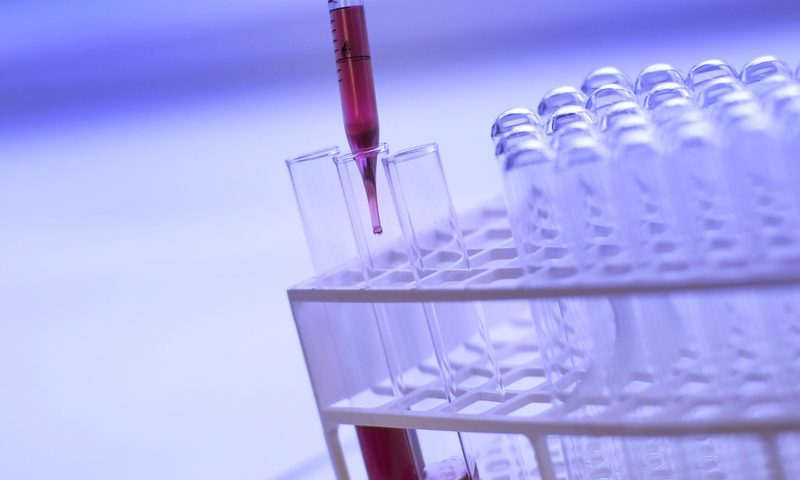Grail has been doling out new evidence for its cancer-detecting blood test at a steady clip over the past year. At last year’s gatherings of the American Society of Clinical Oncology and the European Society for Medical Oncology, the company offered up clinical data showing its diagnostic could spot the signs and location of multiple early-stage cancers before they grow and spread to the rest of the body.
Now, at the virtual annual meeting of the American Association for Cancer Research (AACR), Grail is presenting a new sub-analysis of its test’s performance and specifically looking at how it would fit into everyday clinical practice: by potentially speeding up the assessment of undiagnosed patients with symptoms suspected to be linked to cancer.
Many of the company’s findings have been harvested from its expansive Circulating Cell-free Genome Atlas study, which includes more than 15,000 participants. The pre-planned sub-study debuting at AACR involves about 300.
By filtering out and analyzing the floating remnants of tumor DNA in the bloodstream, Grail’s test showed that it was able to predict the presence of cancer, as well as the specific organ where it is growing, faster than a diagnosis delivered via a tissue sample and an examination under a microscope.
The test also showed very low rates of false positives, correctly ruling out 100% of participants who were confirmed to not have any cancers. When a tumor was detected—at a rate of 46.7%, spanning 75 people across all cancers and stages—its tissue of origin was correctly identified about 90% of the time, between the sub-study’s training and validation data sets. This could allow clinicians to home in on their next steps for confirming the disease.
“We continue to make significant progress in the validation of our multi-cancer early detection blood test, and wanted to assess its potential to drive efficiencies in the diagnostic workup of patients who are showing symptoms,” said Grail co-founder Alex Aravanis, who serves as head of R&D and chief scientific officer.
“These findings show that when our multi-cancer test detected a cancer signal, it also identified where in the body that cancer was located with high accuracy,” Aravanis added. “This is critical information for healthcare providers, and demonstrates the feasibility of our test to potentially accelerate diagnosis in individuals with high suspicion of cancer by helping direct the diagnostic workup.”
In late March, a separate analysis of about 6,700 participants in the company’s atlas study showed that the test could spot more than 50 types of cancer with varying degrees of accuracy by type and stage of their growth.
Overall, the detection rate for all cancer types was 43.9% in the disease’s earlier stages, while it is still localized to one organ site. It was easier for the test to find the cancer the more it had progressed, and, among a group of 12 deadly cancers, its detection rate rose to 67.3%.

